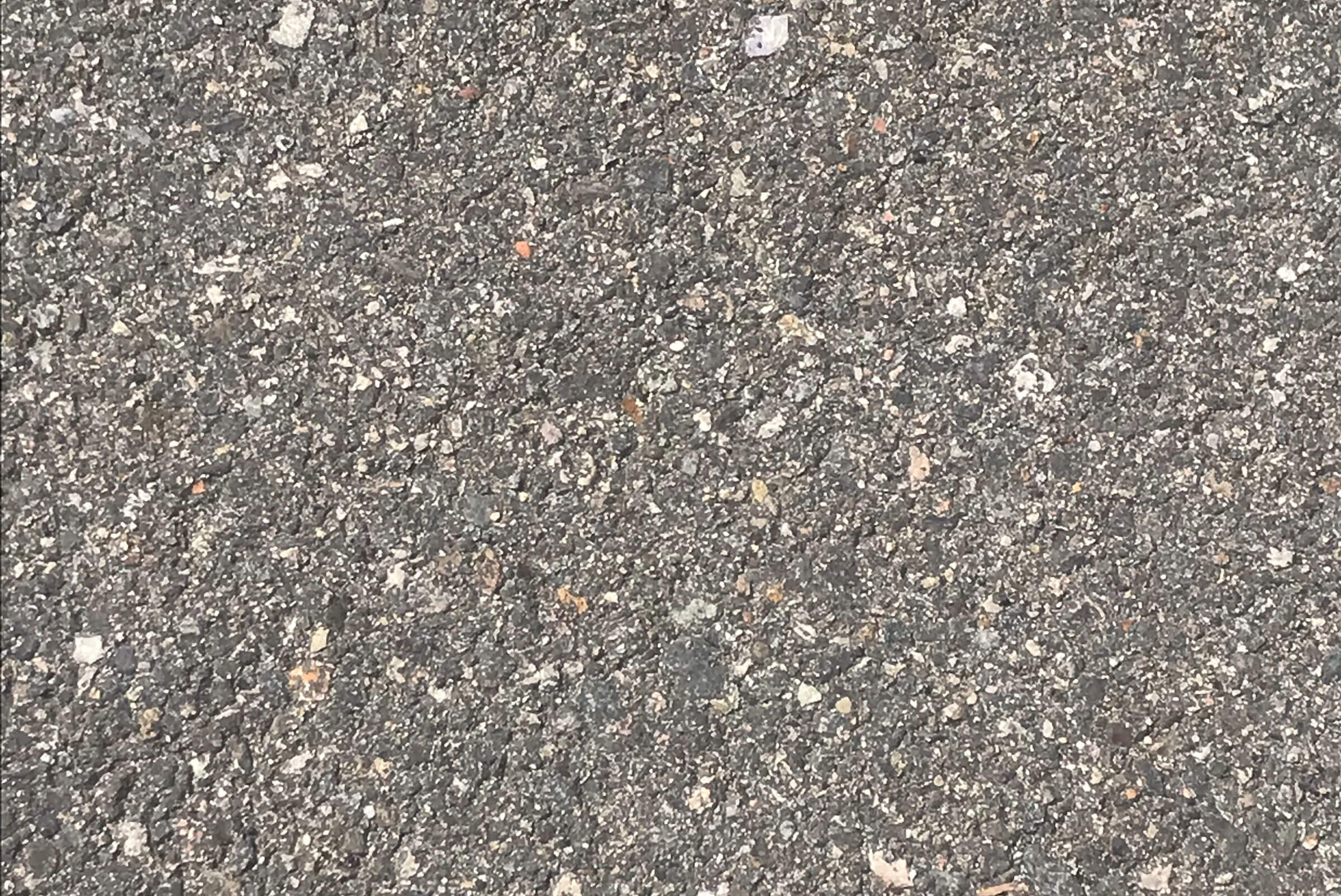It isn’t uncommon to find asphalt driveways gracing the properties of many homes throughout the country. At the same time, many of these homeowners are facing similar problems asphalt driveway repair and maintenance.
No matter if it’s cracking, corrosion, puddle formation, or surface depression, driveway issues can present themselves. When they do, they result in unnecessary headaches for homeowners. We’re going to discuss some tips for asphalt driveway maintenance to help prevent these headaches from occurring.
What is Asphalt?
You may hear asphalt referred to as blacktop, and it’s unnecessary the same thing. It’s a combination of concrete rubble and pebbles that are held together by a mix of petroleum. Because it’s cost-effective, this material is easily accessible. Don’t mistake its cost-effectiveness for poor quality, though. Asphalt is one of the best quality surfaces for domestic driveways.
Why Do Asphalt Driveways Break Down?
As an asphalt driveway endures variants in climate, temperature, weather, and other external conditions, withering tends to occur. If asphalt driveway maintenance doesn’t happen, persistent problems can continue. These problems include:
- Alligator cracking
- Block cracking
- Edge cracking
- Fading
- Grass growing
- Oil spots
- Potholes
- Raveling
Even though your driveway may not be the most significant issue you’re facing during homeownership, it’s worth weighing the difference between maintenance and a new asphalt driveway installation. In doing so, you’re ensuring it’s longevity and durability.
Care for Your New Asphalt Driveway

If you have a new asphalt driveway installation, maintenance during the first fourteen days is the most critical. The main reason is that’s when the material is the most vulnerable. Therefore, make sure no one is driving on it for the first three to five days. Then, wait up to fourteen days before you or you allow anyone else to park their vehicles on the driveway. If you must park on it, only do so during the chilliest periods of the day.
The next one hundred days of the curing period are just as essential. Because asphalt is an oil-based material, the curing time is extensive. You’ll find this is especially true during the hot summer months or if you’re living in a warmer climate. Therefore, you must take special precautions throughout this period.
For example, it’s wise not to park your vehicle on the asphalt during the hottest times of the day. When your car isn’t in motion, avoid turning the wheel. Otherwise, you may cause grooves or wheel treads. If you’re parking campers or other recreational vehicles for long periods, place pieces of plywood under the tires. That way, you’re helping to dispense the weight of the tires.
NOTE: If you’re installing a new asphalt driveway during the fall months, curing stops when the weather turns cold. Then, the process resumes following the last frost in the spring.
Continuing to Care for Your Asphalt Driveway
No matter if you move into a home with a pre-existing driveway or you’re caring for a new installation, asphalt driveway maintenance is a priority. Taking these steps into consideration will ensure the integrity and lifespan of your driveway remains the highest possible quality.
Conduct Visual Inspections
Start your annual asphalt maintenance routine with a visual inspection. Complete this task at the same time you’re visually inspecting the rest of your property. That way, you’re sure you’re not missing anything during your maintenance tasks.
Make sure you’re inspecting your asphalt driveway and walkways every winter and summer. That way, you can address all minor repairs and other imperfections immediately. In doing so, you’re preventing them from becoming susceptible to any additional damage.
The last lesson any homeowner wants to learn is when they fail to address asphalt driveway repair, which could lead to significant financial strain. Therefore, seasonal inspections must be a priority.
Repair and Fill Cracks
After asphalt paving, be sure to address all cracks you find with the driveway install immediately. Then, continue your asphalt driveway maintenance routine by ensuring you don’t ignore any other cracks that occur. Not only are these imperfections unsightly, but they’re also dangerous.
Depending on the severity of the asphalt cracking, it can drastically weaken the structural integrity of your driveway. In doing so, that could potentially lead to further deterioration.
Ideally, it’s best to deal with cracks when they appear as hairline fractures. Under most circumstances, you can remedy these situations with asphalt sealer. During your visual inspection, make a note of where every hairline fracture is occurring.
You’ll need to make more concentrated efforts where more extensive cracks are occurring. For example, you’ll need to clean large cracks, depressions, and holes before filling and sealing them.
The main reason cracks happen is due to movement in either the base or subsoil during the freezing or thawing cycle. This movement can also be the result of water seepage as a result of landscaping design whereby overwatering is occurring or there’s too much rain.
In some areas of the country, cracking is inevitable due to the weather conditions. Therefore, homeowners must keep up with cracks by filling them and following up with a high-quality asphalt seal coat. There are a variety of products for this purpose available at home improvement and hardware stores.
Use a High-Quality Asphalt Seal
Not only does asphalt seal maintain the visual appearance of your driveway, but it ensures its integrity for years. For example, if you’re living in an area that’s susceptible to heavy rains, snowing, freezing, and thawing cycles, you can slow down the deterioration process using seal coating.
How often you need to use this seal depends on your location, as well as its climate. Ultimately, the recommendation is to apply seal coating at least every two to five years. However, if your asphalt driveway experiences severe weather or heavy usage, a more frequent cycle may be necessary.
You must let your driveway completely cure if its a new installation before applying a seal coat. Depending on your location and climate, the curing process can take between one hundred days to two seasons. The main reason for that is dependent on if your installation is complete in the fall or after the freeze.
Prevent and Eliminate Standing Water
The first thing you’re going to learn regarding asphalt is water is its enemy. No matter if you’re weighing the differences between asphalt cost vs. concrete, this fact remains. When rainfall, snow accumulates, or gardening activities occurs, standing water is the residual effect. As you work through maintenance and asphalt driveway repair, you’ll learn that standing water is detrimental to its integrity.
For example, if you don’t address the issue, standing water can lead to cracking and potholes. Those issues can contribute to additional costs and financial damages. Therefore, you must have proper drainage.
During the installation process, having a plan for drainage will prevent standing water from creating disasters. For example, grading the asphalt driveway away from homes prevents water from pooling at the edges and avoids low spots.
Protect Your Driveway Edges
The weakest part of your driveway is its edges. The main reason is that they receive the least amount of support. During asphalt driveway maintenance, you can help prevent edges from cracking and crumbling over time by not driving on them.
Another suggestion is building up the soil near your driveway’s sides. The topsoil should be approximately one inch lower than the sides of your asphalt driveway. That way, you’re allowing for water drainage and sod growth. Once the grass grows in, you’re providing support and enhancing the appearance.
You’ll also notice that, near the edges of your driveway, weeds and grass will want to push through and create cracks. Under most circumstances, using spot killer will remedy the situation. If you have other plants, such as shrubs or trees, their roots will also cause issues. Therefore, it’s a good idea to relocate or remove them. Otherwise, you’ll need to keep refilling the cracks annually.
Prevent Gasoline and Oil Spills
We already know that asphalt is an oil-based material. Therefore, if you have gasoline or oil spills, that means those liquids will dissolve the surface of your asphalt driveway. Over time, if maintenance doesn’t occur, you’ll see deterioration.
Your best recourse is to avoid spilling these liquids on your driveway. However, when leaking or spills happen, you must attend to them immediately. Use absorbent materials to minimize the damage and clean up spills thoroughly.
You must also avoid using salt or de-icing agents that have a chemical base. The main reason is that they’re highly corrosive and will damage the surface of your driveway. Instead, opt for potassium chloride or rock salt, which are both safe de-icing agents for your driveway.
Final Thoughts
You should not overlook completing asphalt driveway maintenance as part of your annual tasks, otherwise, you could end up with costly asphalt driveway repair because the integrity and durability of your driveway become compromised. Instead, make this a priority twice a year and, if it’s following a new asphalt paving project, be sure to wait until curing is complete before applying asphalt seal. If you have questions about how to maintain your driveway, contact Richfield Blacktop today.




